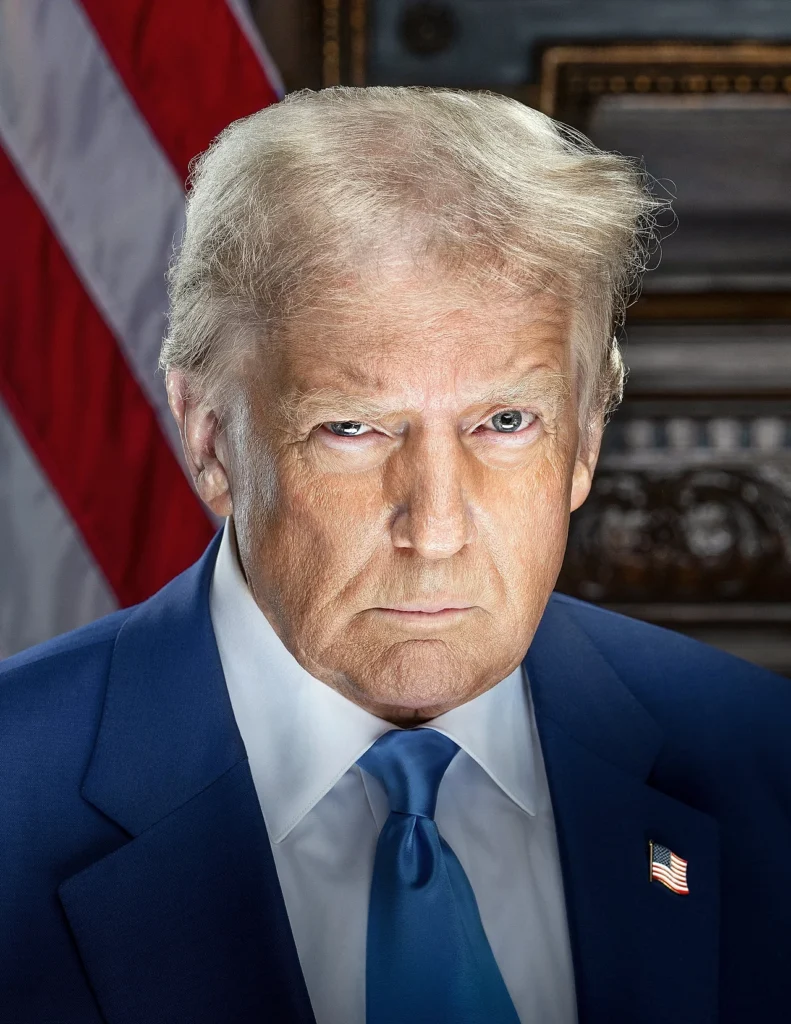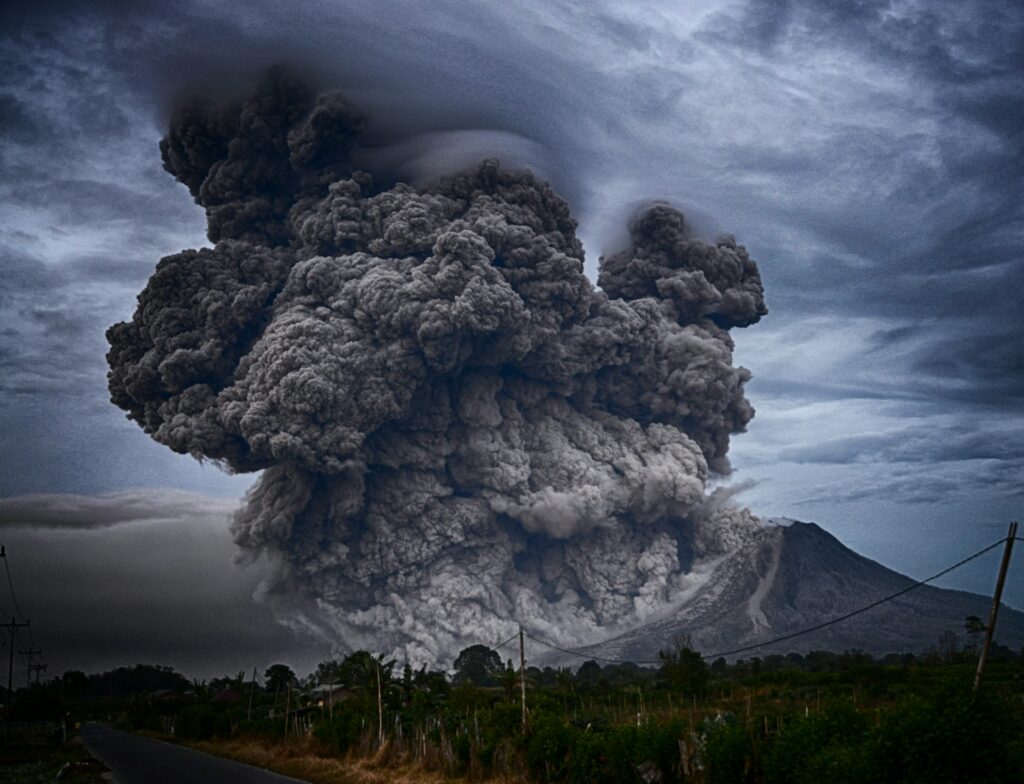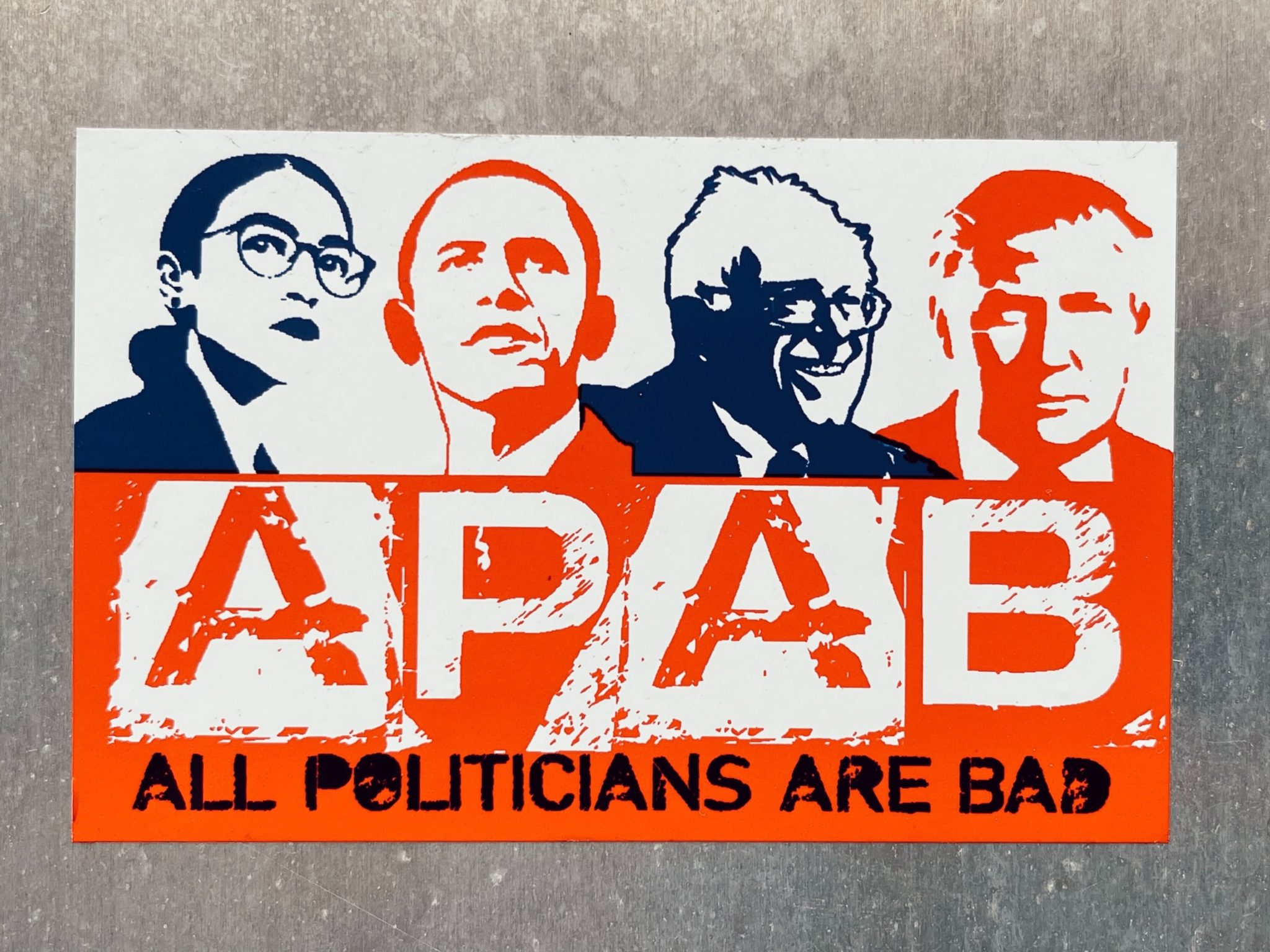Most Recent News


Popular News



Breaking down the political arena centralizer. The politburo is a unique threat, but not in the way initially expected.

Helpful articles to read prior to this one if you are new:
The dynamic of the different centralizers in a nation:
Today, we focus on the politburo (political) component.
The politburo doesn’t need much explaining to grasp. It’s easily the most talked about centralizer in the Western world. By far.
It encompasses the ruling political class. The system, framework, and government do not matter. Only the people that rule within that system.
Individuals in a political position that have some minor power will invariably want more power. Their reasoning for centralization is obvious, it increases their influence and reach. The government will always desire an expansion of itself over time. The politburo will naturally expand and consolidate in any environment that allows it too.
In a rule by many, the politburo are the elected politicians. In a rule by few, it’s the chosen aristocrats. A rule by one, the dictator. Because of the appearance of leadership, they are usually the most obvious centralizer. It’s not difficult to recognize power within China, for example, because it’s all centralized around the politburo.
The politburo is unique because it is the only centralizer arena that is actually necessary. We need leaders within any governmental system. There is no way to avoid this fact of human organization. But we do not need an isolated class. Nor do we need cultural dictators or an intelligentsia. The other three arenas are all radioactive mutations of reasonable institutions. They have no reason to exist. The politburo, however, does. This makes them a necessary evil. One that must have strong oversight and accountability measures to ensure they cannot centralize further. The same way in which you sterilize an environment so harmful bacteria do not overtake it.
The politburo, having the power of the state, can be the most deadly of the centralizers. They are not often the most successful in wiping out the soul of the nation (we’ll need to transition to the cultural arena for that), but they are adept at wiping out the physical nation through tyrannical acts. They can, and often have, violently destroyed entire nations.
But the politburo is not always the most powerful centralizer within nation-states. If you review the power cycle of different frameworks, this is pretty obvious. In a rule by many, the institutions and citizens hold accountability checks over the government, effectively reducing the power of the politburo. The same cannot be said of the more authoritarian frameworks.
If we recall that the cycle of collapse is rule by many -> rule by few -> rule by one due to centralization, this makes it easy to grasp. The politburo, being neutered in the rule by many, cannot acquire enough power to dominate the power cycle.
So, other centralization arenas (most notably the financial arena) swoop in to fill the gap by overtaking institutions. The institutions then turn against the citizens until such a time that they can revive the neutered politburo. During this time, all three other centralization arenas (finance, culture, and intellectual) use the institutions to expand the politburo’s abilities.
This allows the politburo to grow, who then shields and expands the other three once they break free from some restraints that previously afflicted them. This is how the rule by many devolves into a rule by few, even without the politburo having power. The centralizers just take a different route to get there.
So, the politburo is a minor threat to any rule by many like a democracy. The real threats lie in the other three arenas that seek to have that politburo grow while remaining unaccountable.
But this is not the case for a rule by few or rule by one. In these, the politburo is nearly always the leading centralizer. If not at first, they will become it shortly over time. The institutions may lead into the rule by few, but they won’t remain in charge for long. The handles will be passed over to the politburo, because they have far more pure, actionable power within any system. Because they control the levers of that system directly.
The other arenas do not mind this, because they are often the same people in late stage degeneration. The rich elites will be politicians, the media will be fully owned by the business tycoons that finance all the politburo, and the culture will be directed by institutions that are led by close allies of the political ruling class. As they consolidate, they become more interconnected, and are willing to centralize around the strongest of them all: the politburo.
This is why the politburo is the main threat in the rule by few and rule by one, but is the lowest threat in the rule by many.
The politburo works with the other three arenas when they can. This arena is highly cooperative, especially within a rule by many when they are neutered. They will shield certain corporations for the isolated class, they will fund degenerate cultural programs, and they will recruit/train the intelligentsia to be their hivemind followers. They’ll support certain research, send covert employees into problem institutions, and do just about everything you can imagine supporting the overall agenda of increased consolidation in each arena. The politburo is the second most effective centralizer, behind only the isolated class (due to the latter’s ability to remain fully unaccountable and hidden).
The politburo is the final leading centralizer. A rule by one is always heralded by a politburo figure (dictator, emperor, monarch, etc). During the rule by few, the remaining centralizers fight one another for final consolidation. They are no longer companions, but enemies. The winner of this fight becomes the leader of the new rule by one, which is the next stage of anacyclosis. The winner nearly always comes out of the politburo. Ironically, this winner often annihilates his previous competitors. For an example, when Lenin came to power, he nearly completely wiped out the intelligentsia that had supported him. Because they were now comparable threats, and that cannot be allowed within a rule by one.
Another interesting note is that the institutions often paint the government in a bad light during their ascension within a rule by many, because it justifies their own increasing power. The corporations will enact campaigns against the government for “too much regulation” and related topics, to render the government inefficient in stopping their consolidate of the other arenas. This is where the scary mantras of “big gov bad” and “freedom and democracy for all” came from—corporations. Because it was necessary to give them the breathing room needed to initially proliferate. They did not campaign for your freedom or your safety from regulations. They campaigned for their own freedom, which they used to consolidate everything against you. Now, they campaign for the exact opposite.
This is ironic but expected, because once the centralizers do control their own arena, they beg for more regulation and monopolization by the politburo to hold it easier. This is a useful centralization tactic. It’s why their attitudes shift during the rule by many positive stage and the degenerate stage. They need the unaccountable freedom and free market to centralize the institutions at first, but then they need power of the politburo to keep expanding outside of their arena later.
In a way, the institutions break the political arena to raise it back up how they desire it. The politburo, being reduced down to a mere function of inferiors leading their superiors, only respond to whatever the institutions demand. This trend holds until the rule by few arrives, in which case the politburo gains far more power than the other arenas.
Most of the human atrocities that have occurred throughout history are tied to the politburo, which is why they get their bad reputation. Dictators, mass genocides, and the like all usually fall under a rule by one or rule by few. But it’s missing the bigger picture to not recognize that these entities only arrive here because of the institutions allowing and encouraging their consolidation. It’s all a cycle. Each piece is at fault. Each centralization arena needs to be independently dealt with.
If we only deal with one arena, we will only delay the inevitable. That is the lesson that the republic teaches. It broke the politburo, but in response the centralizers just moved to the other arenas and slowly recreated the politburo from its ashes.
If you have a cockroach infestation, you cannot simply kill the cockroaches in the kitchen and expect the problem to be resolved. They will return from the other rooms. Which is exactly what the republic tried to do by solely limiting the politburo. It recognized the issue of government power and centralization, but then left all the other rooms free and wide open. Eventually, it got overrun to the point of being unsaveable.
You either take them all out or the situation will never be resolved. We’ve seen how to do it with the politburo throughout history. The real issue lies in stopping the other arenas alongside them.
Read Next:
A Nutrition Guide: The Basics Of Healthy Eating
Chinese Insistence On Homogeneity and Strength Explain Its Rise
If you enjoyed this article, bookmark the website and check back often for new content. New articles most weekdays.
You can also keep up with my writing by joining my monthly newsletter.
Help fight the censorship – Share this article!

(Learn More About The Dominion Newsletter Here)